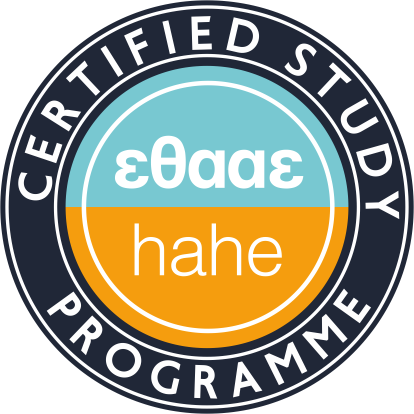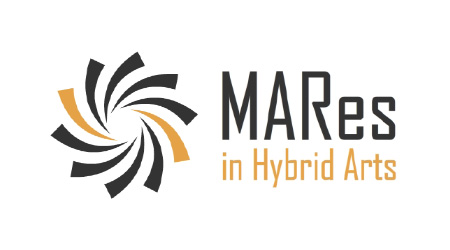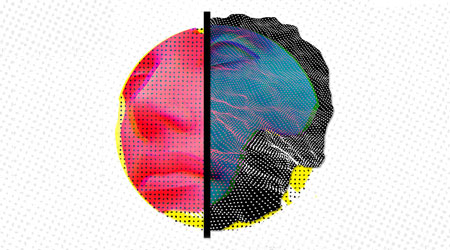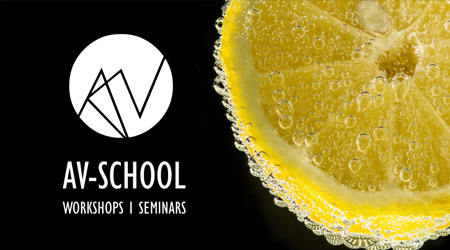History of Modern Art
Teaching Staff: Hamalidi Elena
Course Code: THE200
Course Category: General Background
Course Type: Compulsory
Course Level: Undergraduate
Course Language: Greek
Delivery method: Lectures
Semester: 2nd
ECTS: 5
Teaching Units: 3
Teaching Hours: 3
Teaching Structure:
| Activity | Semester Workload |
|---|---|
| Lectures | 39 |
| Literature Study and Analysis | 56 |
| Practice and Preparation | 30 |
| Course Total (ECTS: 5) | 125 |
Prerequisite to / Recommended to: (AVA342), (THE400), (THE504), VIS634, (AVA643), THE703, (AVA743)
The course introduces to the history of European modern and avant-garde movements from the 19th century to the inter-war period, and the relation of modern ‘aesthetics’ to modernization, i.e. the experience of cultural, historical and socio-political changes. Particular emphasis is also placed a) on the shaping of a professional identity, métier and ways of distributing and communicating art alternative to the art education and art institutions established since the 18th century on the one hand, and b) on the attitude of avant-garde movements towards technological advances and new scientific theories, on the other.
By the end of this course students should be able to:
- understand modernism (/modern style and experimentation with form, techniques and media) as the expression of the changing historical and socio-political conditions, cultural hierarchies and ideological discourses
- give an outline of the characteristics and periodization of modern and avant-garde movements as far as style, subjects, the use of techniques and the experimentation with form and media is concerned
- to be able to recognize and describe styles, movements, techniques, media in artworks used as examples during the course
- explain certain key notions and terms
Week #1: Introduction: Enlightenment as the foundations of modernism: historical and socio-political conditions and cultural context; changes in the production and distribution of art, the emergence of new sujets and styles; the establishment of art institutions; art education, the shaping of criteria for judging art and the Salons (Grand Manner).
Week #2: a) The Academy and monarchy Classicism & the “promodern” Classicism of French Revolution: the emergence of new subjects from contemporary history and the shift to the public sphere. b) Classicism vs Romanticism
Week #3: a) Romanticism and the first critique to Enlightenment; the value of imagination and the expressive power of the modern subject. b) Realism: Gustave Courbet.
Week #4: Impressionism: ‘realism’ or abstraction? Impressionism and modern life; Neoimpressionism and science.
Week #5: Symbolism, Synthetism, and the art of expression; the issue of Orientalism.
Week #6: Fauvism and German expressionism: primitivism, the ‘decorative’, Expressionist critique to modernization and ‘escapism’.
Week #7: Analytic and Synthetic Cubism. Cubist collage: art and the real, art and language.
Week #8: Abstraction in Europe and Russian avant-gardes: the rise of a new reality and a new language.
Week #9: Art at the machine age (Ι). Futurism and Constructivism.
Week #10: Art at the machine age (ΙΙ): Constructivism and Bauhaus: avant-gardes and socio-political intervention. The utopia of Gesamtkunstwerk and its history in the Turn of the (19th to 20th) Century.
Week #11: Surrealism.
Week #12: Dada: the main avant-garde strategies of an anti-art.
Week #13: Inter-war period: ‘return to order’, art and propaganda.
Stangos, Nikos ed. 1994. Concepts of Modern Art: From Fauvism to Postmodernism. Thames & Hudson.
Buchloh, Benjamin, Rosalind Krauss, Hal Foster et al. 2012. Art Since 1900: Modernism, Antimodernism, Postmodernism. Thames & Hudson.
See also, Grove Art and tate.org.uk art glossary along with e-class, for further bibliography, course material and links.
There is used a combination of methods: lecture and discussion method along with group exercises, oral or written (brainstorming), discussed in class. The projection and discussion of audio-visual educational material is also essential.
Enhanced by multimedia content.
The learning process is supported by the asyncrhonous e-learning platform e-class.
Τhe students are evaluated through a written exam which has two parts: A) a description and analysis of a given work of art B) an essay on a given subject. Evaluation methods are described in e-class and orally, at the beginning and the end of semester.
Back
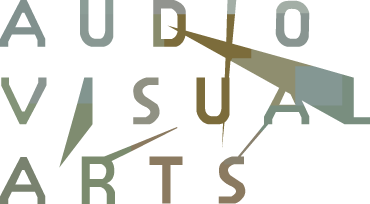


 History of Modern Art
History of Modern Art